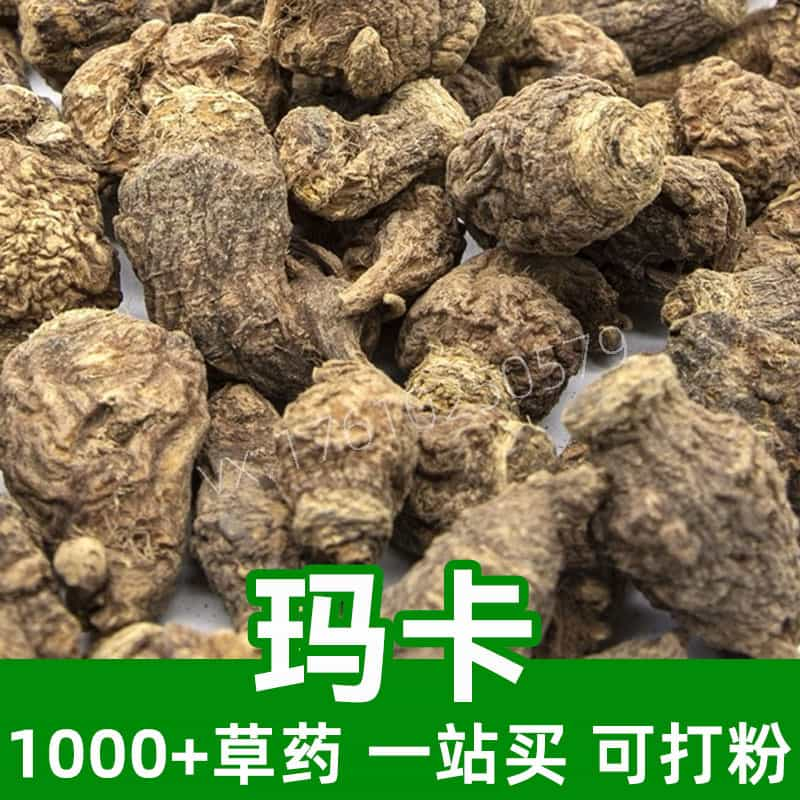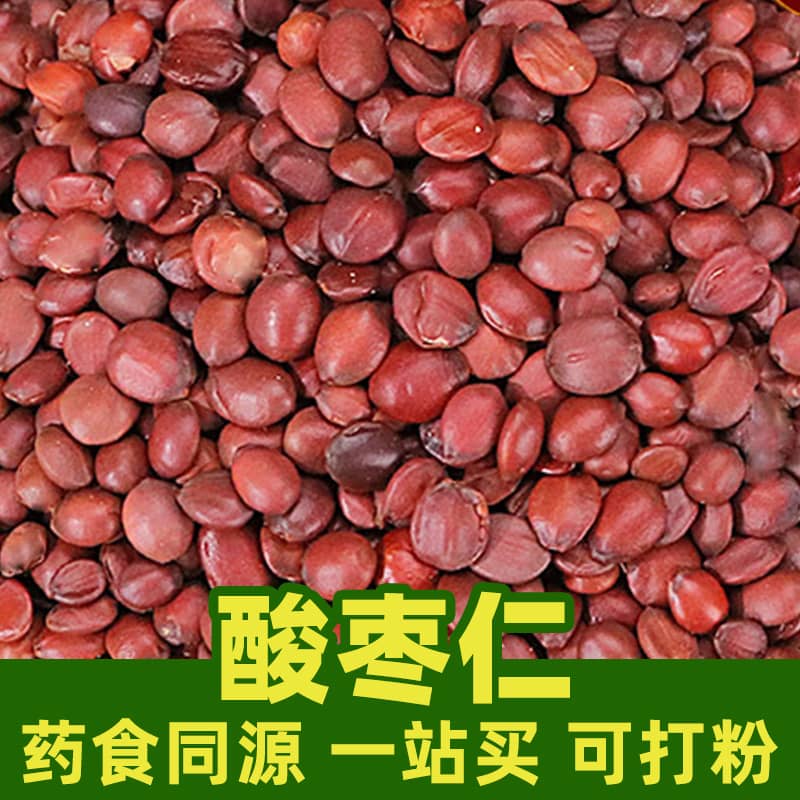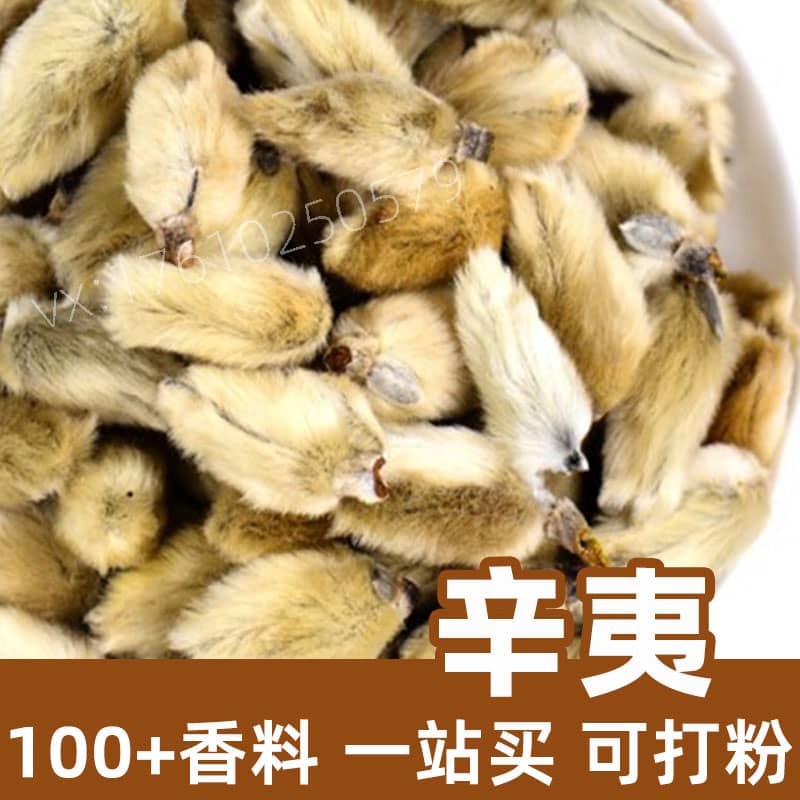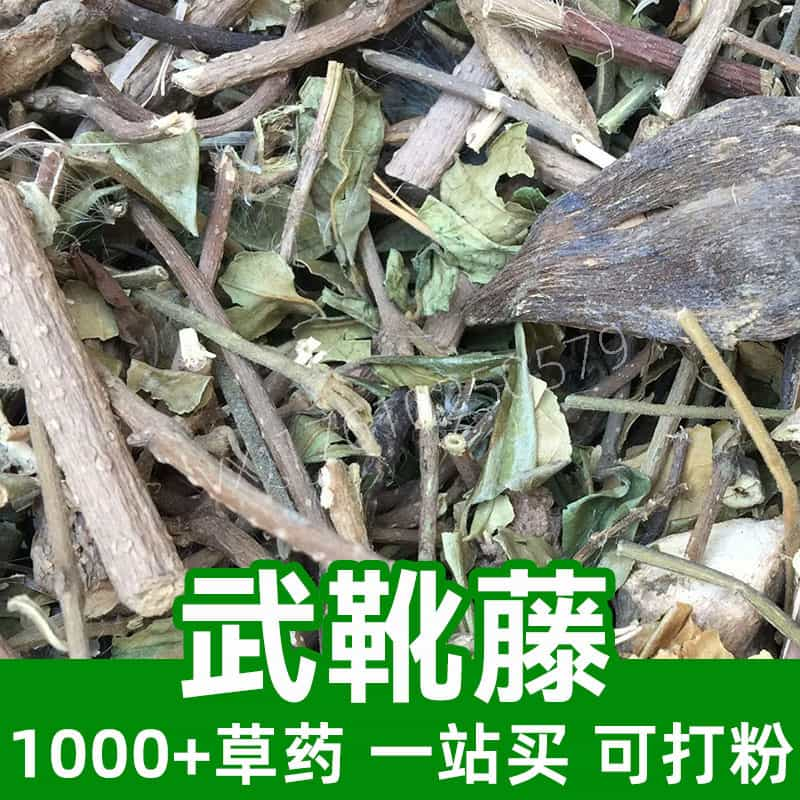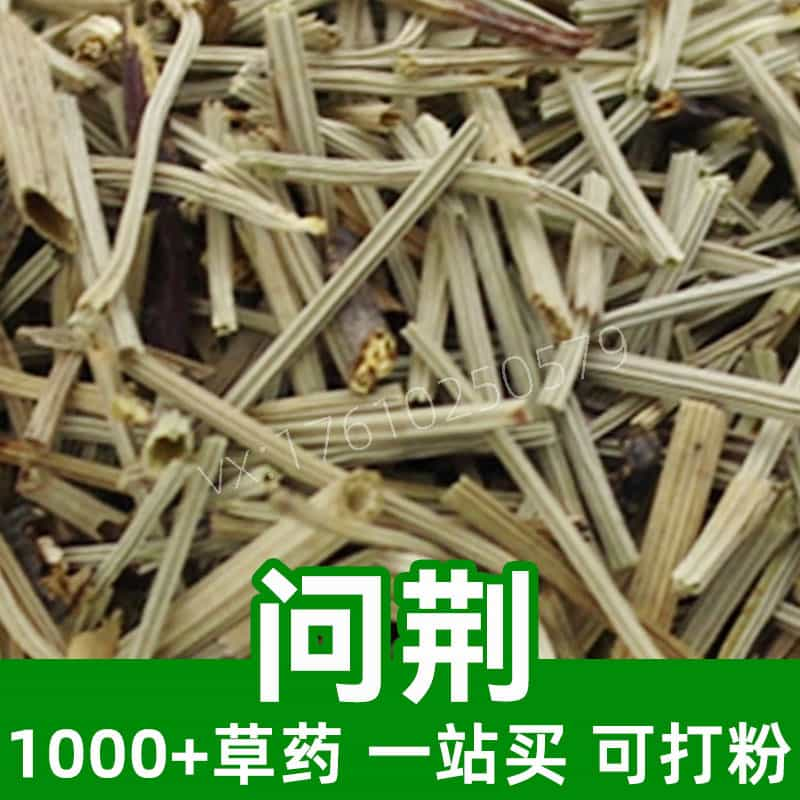Euphorbiae Humifusae Herba Product Overview
Euphorbiae Humifusae Herba is a perennial herbaceous plant, with main components including flavonoids, triterpenes, tannins, and volatile oils. It is primarily found throughout China, especially in Hunan, Hubei, and Jiangxi. Euphorbiae Humifusae Herba holds a significant place in traditional Chinese medicine, often used for clearing heat, detoxifying, promoting diuresis, and reducing swelling. Common uses include treating liver and gallbladder damp heat, dysuria with burning pain, abscesses, and boils. Euphorbiae Humifusae Herba is bitter, slightly cold, and enters the liver and gallbladder meridians.
Main Active Components of Euphorbiae Humifusae Herba
Euphorbiae Humifusae Herba is a medicinal plant whose primary active components include flavonoids, triterpenes, tannins, and volatile oils.
- Flavonoid Compounds are one of Euphorbiae Humifusae Herba's main active ingredients, including quercetin and kaempferol. These compounds possess antioxidant, anti-inflammatory, and antibacterial properties, benefiting human health.
- Triterpene Compounds are also common in Euphorbiae Humifusae Herba, such as ursolic acid and oleanolic acid. They have anti-inflammatory, antibacterial, and analgesic pharmacological effects, often used for treating infections and inflammatory diseases.
- Tannins in Euphorbiae Humifusae Herba serve an astringent and hemostatic function, suitable for treating digestive issues like diarrhea and bloody stools.
- Volatile Oils, containing aromatic hydrocarbons and terpenes, have antibacterial, antiviral, and bronchial-relaxing effects, commonly used for respiratory infections and bronchitis.
Together, these components provide Euphorbiae Humifusae Herba with anti-inflammatory, antibacterial, and antioxidant properties, which make it widely used in traditional Chinese medicine.
Applications and Dosage of Euphorbiae Humifusae Herba
Euphorbiae Humifusae Herba has broad applications in traditional medicine and the food industry, primarily in the following areas:
- Traditional Medicine Applications:
- Euphorbiae Humifusae Herba is widely used in Chinese herbal formulations, often for clearing heat, detoxifying, reducing swelling, and promoting urination. Common preparations include Euphorbiae Humifusae Herba decoctions and infusions.
- In traditional medicine, Euphorbiae Humifusae Herba is categorized as a heat-clearing, blood-cooling, and hemostatic herb, often used to treat febrile diseases, colitis, acute gastritis, hematemesis, and hematuria.
- Food Industry Applications:
- Euphorbiae Humifusae Herba is often added to food as a seasoning or a dual-purpose herb. Its mild flavor and medicinal value make it a popular health ingredient.
- Euphorbiae Humifusae Herba is a common ingredient in cooling teas, made into tea bags or tea tablets, used to create drinks that clear heat and provide a cooling effect in summer.
- Dosage and Usage:
- The typical usage of Euphorbiae Humifusae Herba in traditional herbal decoctions is to prepare as a drink, and it can also be applied externally.
- In herbal formulations, Euphorbiae Humifusae Herba is generally used in doses of 10-30 grams, which may be adjusted based on specific needs.
- For cooling teas and other foods, Euphorbiae Humifusae Herba is usually added in smaller amounts, typically 2-5 grams.
When using Euphorbiae Humifusae Herba, dosage and method should be adjusted according to guidance from a healthcare or herbal professional to avoid adverse reactions from excessive or improper use. In food processing, hygiene standards and food safety protocols should be followed to ensure quality and safety.
Euphorbiae Humifusae Herba: Plant Description, Distribution, and Growth Environment
Euphorbiae Humifusae Herba (scientific name: *Hedyotis diffusa*) is a common herbaceous plant in the Rubiaceae family, recognized as an important traditional medicinal herb. Here is detailed information about its origin, distribution, and growth environment:
- Plant Description:
- Euphorbiae Humifusae Herba is a perennial herbaceous plant with stems that are typically 15-40 cm tall, creeping rhizomes, and many branches. The stems are upright or slightly ascending, slightly twisted, and have four ridges.
- Its leaves are opposite, oval to obovate, entire, with a short soft fuzz on the surface and stellate hairs on the underside.
- The flowers are small, white or pale yellow, usually in clusters of 2-4 at the leaf axils, with reflexed petals. Fruits are capsules, and seeds are elliptical.
- The entire plant has medicinal value, mainly utilizing its aerial parts for traditional medicine, commonly found in grassy areas, forest edges, wastelands, and roadsides.
- Distribution:
- Euphorbiae Humifusae Herba is widely distributed in China and Southeast Asia, predominantly growing in southern China, including regions like South China, East China, Central China, Fujian, Guangdong, Guangxi, Hunan, Jiangxi, and Zhejiang.
- Outside China, Euphorbiae Humifusae Herba is also found in countries and regions like Vietnam, Laos, and Myanmar in Southeast Asia.
- Growth Environment:
- Euphorbiae Humifusae Herba adapts well to warm and moist environments, with low sunlight requirements, making it suitable for shaded or partially shaded areas.
- Commonly seen on hillsides, roadsides, field ridges, streams, and forest edges, it thrives in various terrains, from low to mid-elevations.
- It grows well in loose, fertile, well-drained sandy loam but can also adapt to poorer soil conditions.
Overall, Euphorbiae Humifusae Herba is an adaptable, widely distributed herbaceous plant found in warm, moist environments across southern China and Southeast Asia. It commonly grows in mountainous areas, hills, and foothills, with low soil requirements and a strong adaptability.
Euphorbiae Humifusae Herba Harvesting, Processing, and Storage
As a valuable medicinal herb, the harvesting, processing, and storage of Euphorbiae Humifusae Herba are critical to maintaining its quality and efficacy. Below is detailed information on its harvesting, processing, and storage:
- Harvesting:
- The best time to harvest Euphorbiae Humifusae Herba is typically from spring to summer when its aerial parts are lush but not yet flowering.
- Select healthy, green, pest-free plants, using sharp tools for cutting to avoid damaging the plant.
- After harvesting, it should be promptly cleaned to remove soil and impurities, then preliminarily processed, such as air-drying or drying, to prevent rotting.
- Processing:
- Euphorbiae Humifusae Herba processing generally involves preliminary and further processing stages. Preliminary processing includes drying, cleaning, and dehydration, while further processing involves crushing, sifting, and packaging.
- Drying is a key step, with the temperature controlled at 40-50°C to avoid loss of active components.
- Storage:
- Processed Euphorbiae Humifusae Herba should be stored in a dry, ventilated environment, avoiding direct sunlight and humidity to prevent mold and pest infestation.
- It is best kept in containers with a good seal to minimize contact with air and moisture, extending its shelf life.
- Regularly check the stored Euphorbiae Humifusae Herba, and promptly address any signs of moisture or mold to maintain its quality.
In summary, careful handling is required for Euphorbiae Humifusae Herba's harvesting, processing, and storage, with attention to temperature and moisture control. Proper methods ensure the herb’s quality and efficacy, maximizing its medicinal value.
Monica Sun is a seasoned expert in the natural raw materials industry, with over a decade of experience specializing in traditional Chinese medicinal herbs, spices, and fungi. She is skilled in the sourcing, processing, and application of these materials, emphasizing sustainability and innovation. Monica Sun has contributed to the development of high-quality natural raw materials that serve as essential components in functional foods, pharmaceuticals, and cosmetics, delivering tailored solutions to meet diverse market needs.









